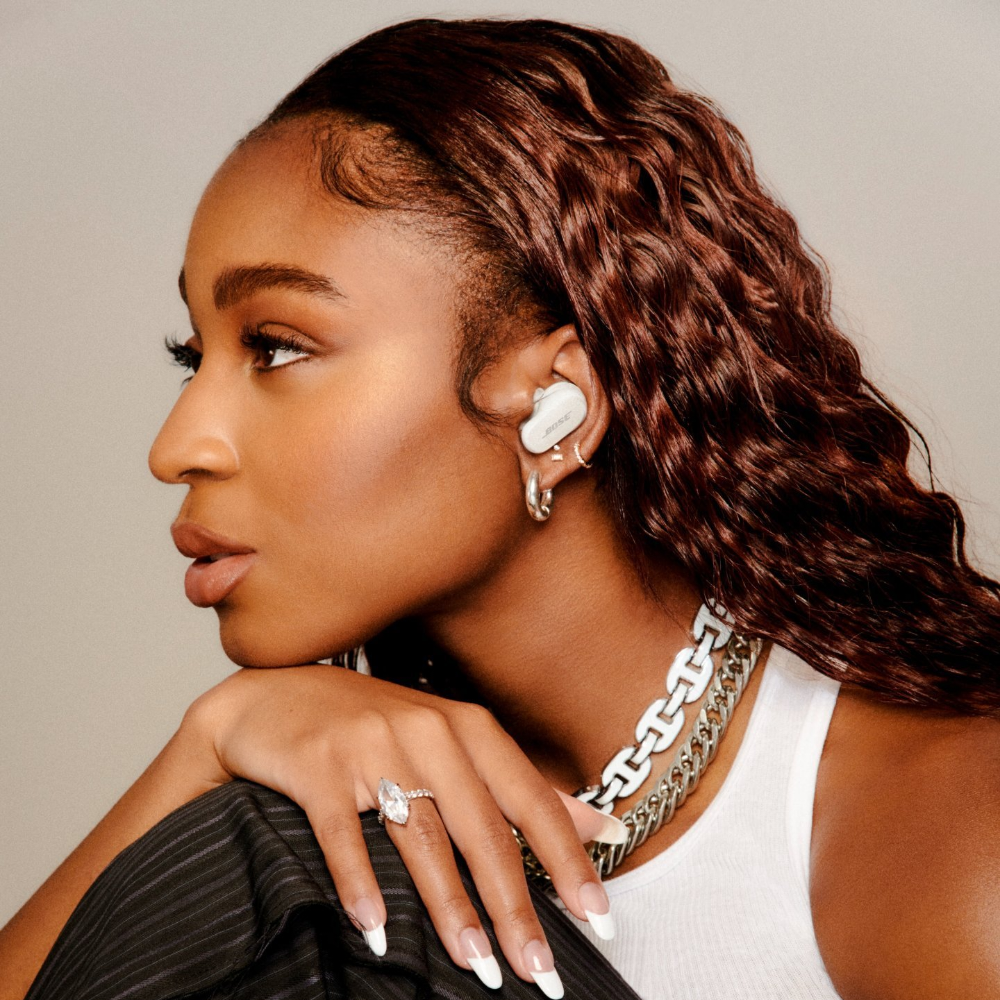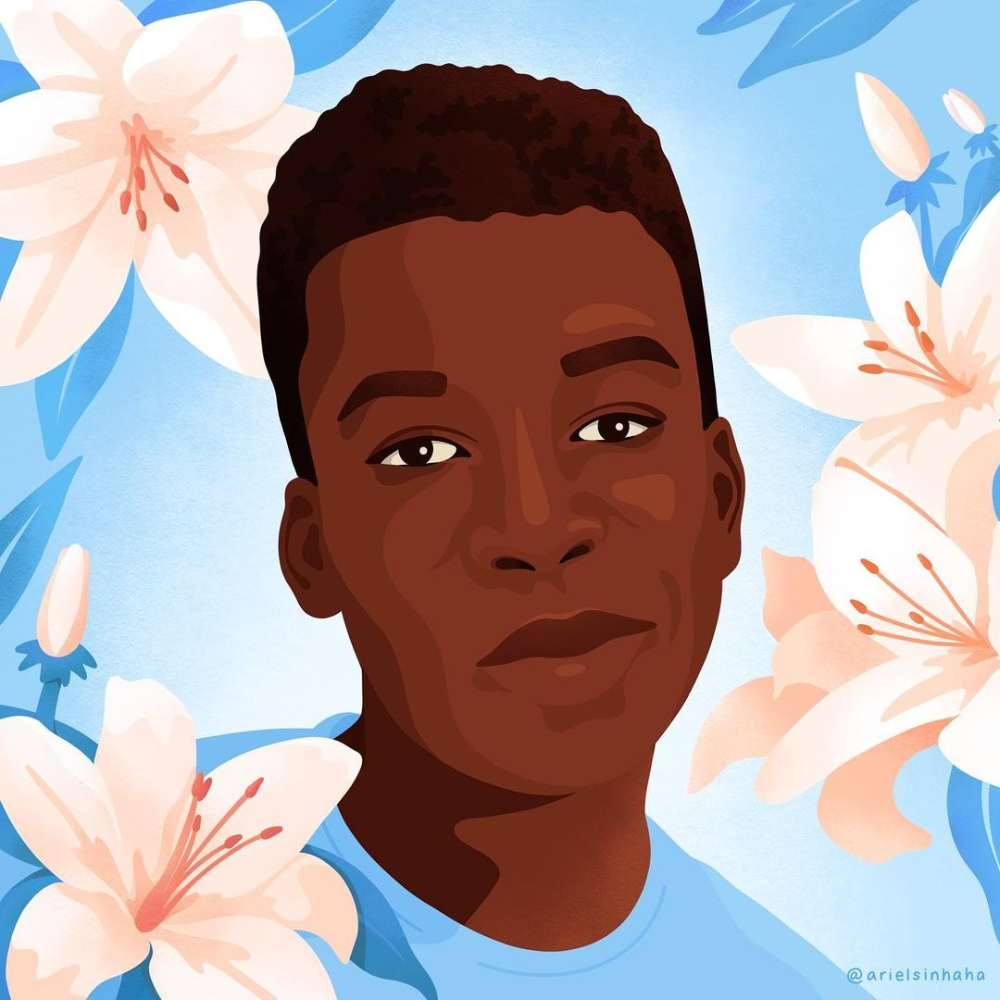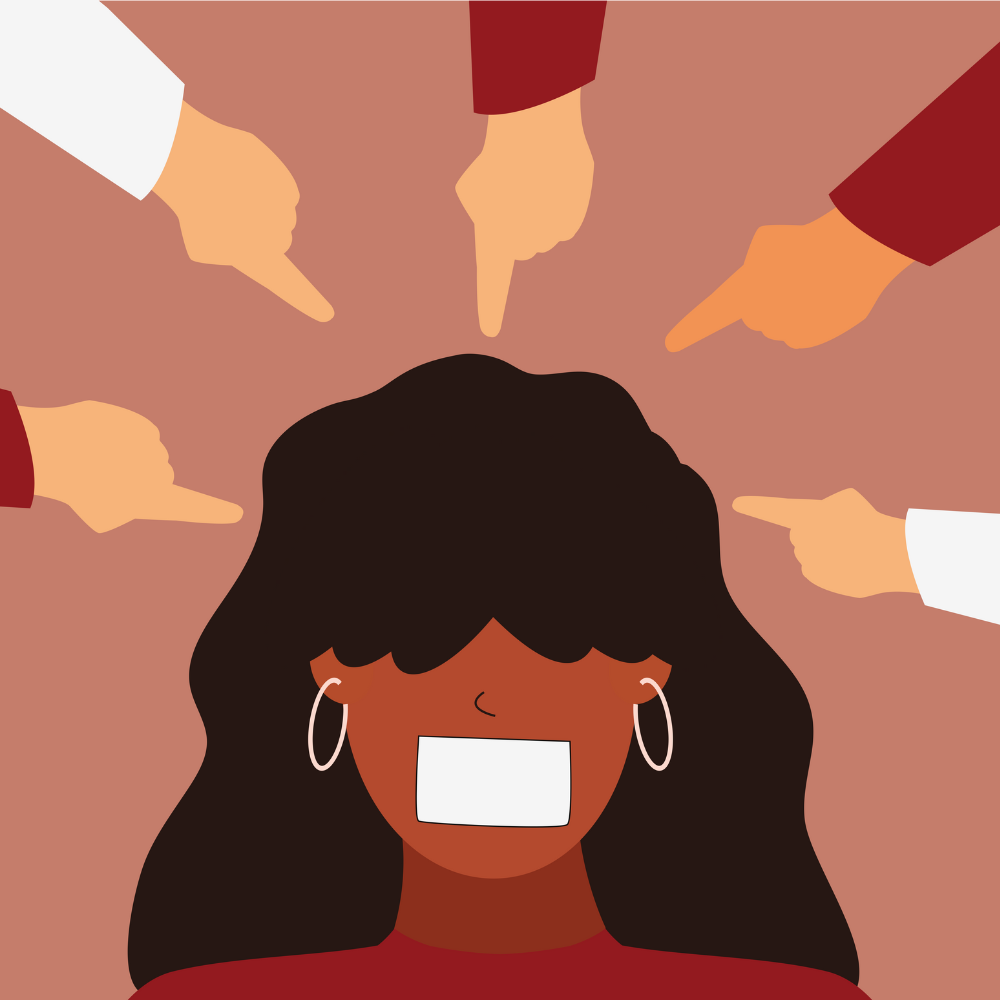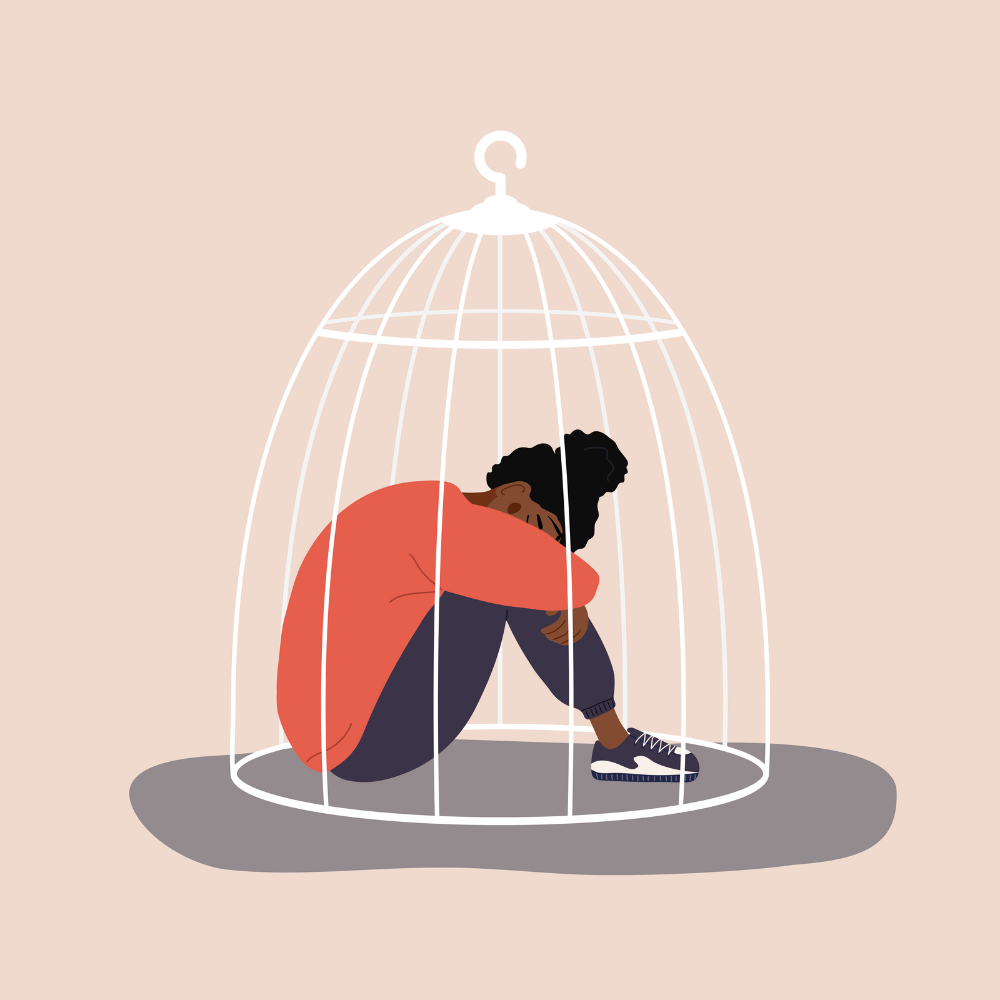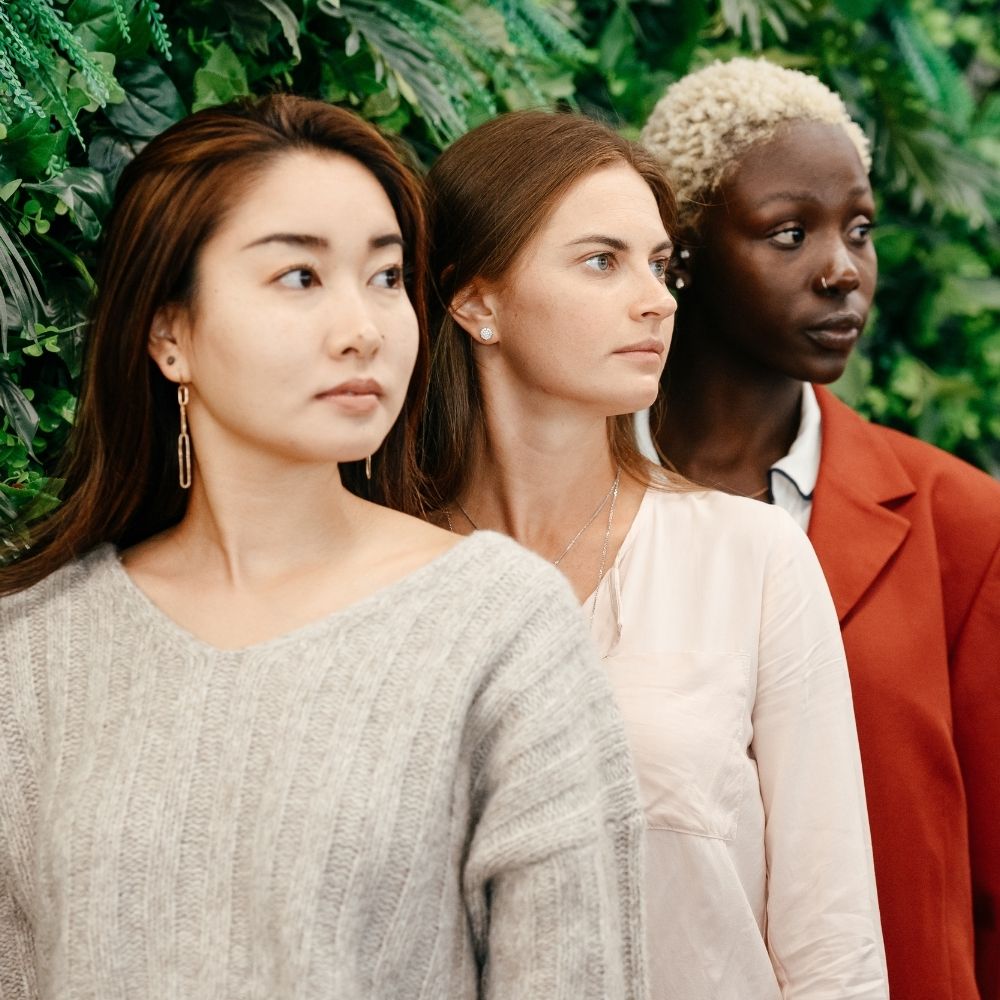Montgomery Riverfront Brawl: Is Racism Still A Problem In 2023?
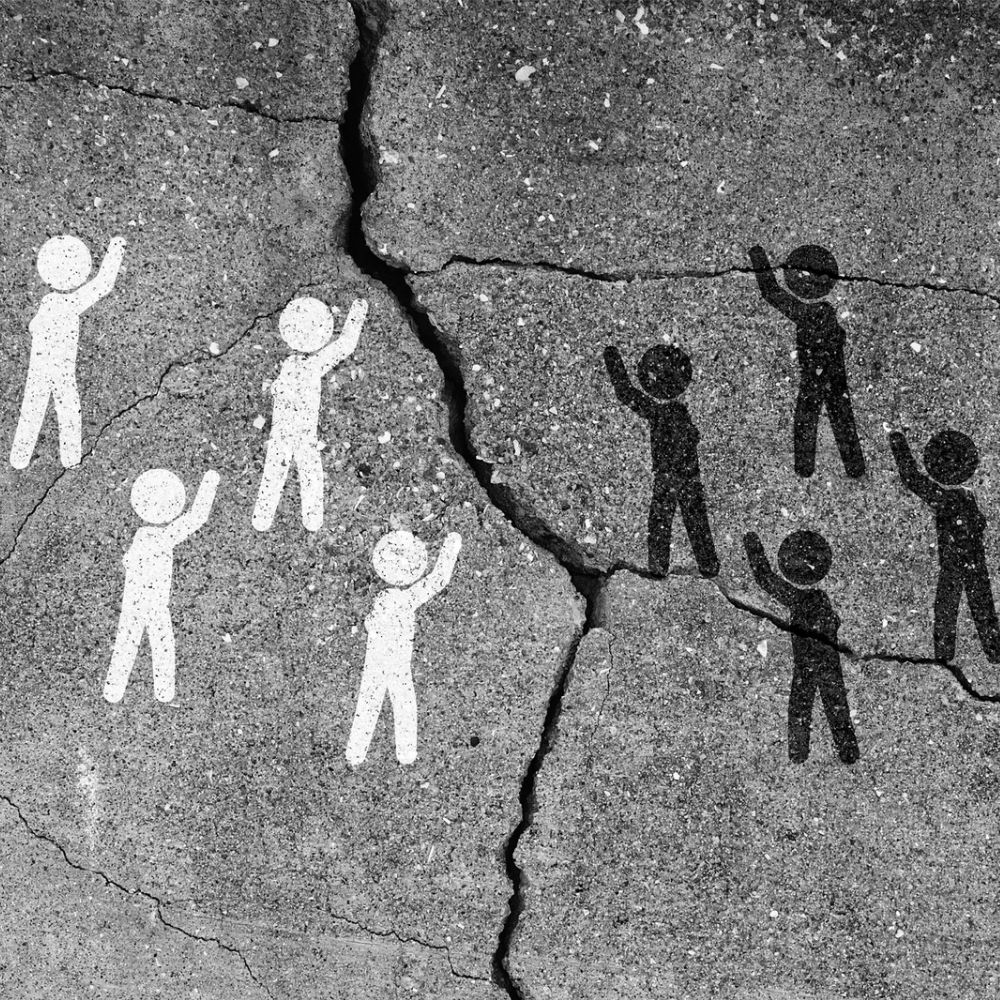
A creative writer with a voracious appetite for fashion, beauty,…
I
n 2023, we are still forced to ask if racism is still a major issue in our societies. And while that’s appalling, it’s still a piercing reality. Looking back, we are confronted with a mix of old biases and fresh perspectives. Today, in a rapidly shifting and changing world, the most recent viral event stands out to jilt us: the Montgomery Riverfront Brawl, the troubling incident that happened on a warm Saturday in Alabama.
Pause for a second: hasn’t racism been pushed aside by the paradigm shifts? In our woke generation? Hasn’t this era of wokeness led us down a road of improvement that should have banished racism’s pervasive influence? It’s puzzling that many western societies claim to stand for fairness, but we’re still dealing with palpable inequality. Even with hashtags like #karen going viral, the question remains: is racism still a problem, whether muted or loud?
As we look closely at the patterns in our everyday lives, the incident at the Montgomery Riverfront urges us to dig deeper. It makes us realize that placards, hashtags, and activism haven’t built a foundation deep enough to uproot systemic racism in the United States. Reality is engraved in the different shades of a world where our progress meets our past. Considering the complex interplay between change and tradition, there’s more to it than meets the eye.
What happened at the Montgomery Riverfront Brawl?
On that fateful Saturday, Damian Pickett, an African American co-captain of the riverboat Harriott II, asked the white owners of a private boat to vacate the designated riverfront space reserved for the Harriott II. The Harriott II had returned from a 2-hour voyage with 227 passengers, and the co-captain was undoubtedly doing his job to ensure safe docking.
The white boaters who refused to move out of the designated space began a confrontation with Pickett. Eyewitnesses and videos proved it was more than a confrontation, as the white boaters physically assaulted Pickett. In a courageous act, a Black passenger jumped into the Alabama River, swimming to Pickett’s aid. As Harriott II finally docked, a group of Black passengers confronted the white boaters, resulting in a prolonged brawl. This appears to be arguably a case of misplaced white entitlement, and could have been twisted if it wasn’t caught on camera by Christa Owen. She captured the start of this brawl, and thankfully, this was the evidence that led to the three white men being held accountable.
The internet’s response
The incident resonated beyond the riverbanks, sparking a wave of reactions across social media platforms. The hashtag #wearenotourancestors emerged, powerfully conveying the message that African-Americans refuse to endure the oppression their ancestors faced. Similarly, #chairofjustice trended, referencing the use of a foldable chair as a weapon, wielded by Reggie Gray, a Black man, against a white couple.
Legal accountability
Turning to the legal arena, it’s imperative to highlight the accountability aspect of the incident. Three white men—Richard Roberts (48), Allen Todd (23), and Zachary Shipman (25)—now face charges of assault. This underscores the gravity of their actions and the legal consequences that ensued.
Was the brawl a manifestation of racism?
Amidst the discourse surrounding this incident, a pivotal question emerges: was the brawl primarily rooted in racial tensions, or was it a defense of a worker who had been assaulted by unruly customers? While it’s tempting to view this incident through a binary lens, the truth likely lies in a complex interplay of both factors. The response of the Black passengers can be seen as a resolute stand against racial injustice, but it’s also plausible that their actions were motivated by a collective desire to protect a worker from assault.
The Montgomery Riverfront Brawl serves as a poignant reminder that racism is not eradicated; it has merely evolved. Against the backdrop of 2023, the incident prompts us to acknowledge that, while progress has been made, the journey towards a truly equitable society is ongoing. By confronting incidents like this head-on, we can pave the way for meaningful dialogue, policy changes, and cultural shifts that collectively contribute to dismantling the deep-rooted structures of racism.
While violence isn’t always the answer, it’s safe to say this brawl ended differently because a generation of marginalized people saw what they considered an opportunity to stand up against decades of oppression and marginalization. On a lighter note, Black folks are now heralding August 5 as the new Juneteenth day.
What’s your take?
Featured Image: Hachiware / iStockphotos
For the latest in fashion, lifestyle, and culture, follow us on Instagram @StyleRave_
This is a Style Rave original content exclusively created for our readers. If reproduced, distributed, transmitted, cached, or otherwise used by any other publishing house or blogs, such use should provide a direct link to this source article. Use of and/or registration on any portion of this site constitutes acceptance of our Terms & Conditions and Privacy Policy.
A creative writer with a voracious appetite for fashion, beauty, lifestyle and culture. As one who's passionate about the advancement of the woman, creating content that inspire smart style and living, and positive lifestyle changes is a calling I take seriously. At Style Rave, we aim to inspire our readers by providing engaging content to not just entertain but to inform and empower you as you ASPIRE to become more stylish, live smarter and be healthier. Follow us on Instagram @StyleRave_ ♥

